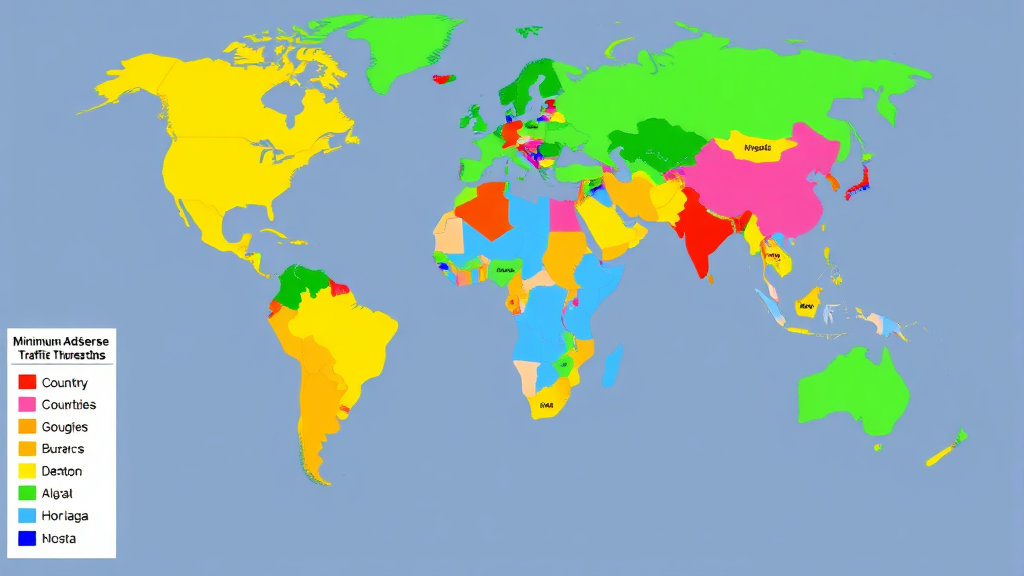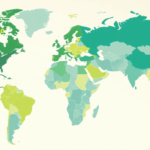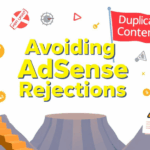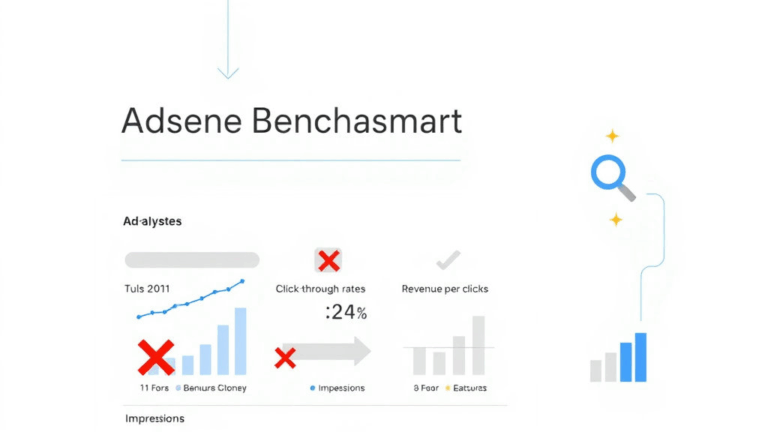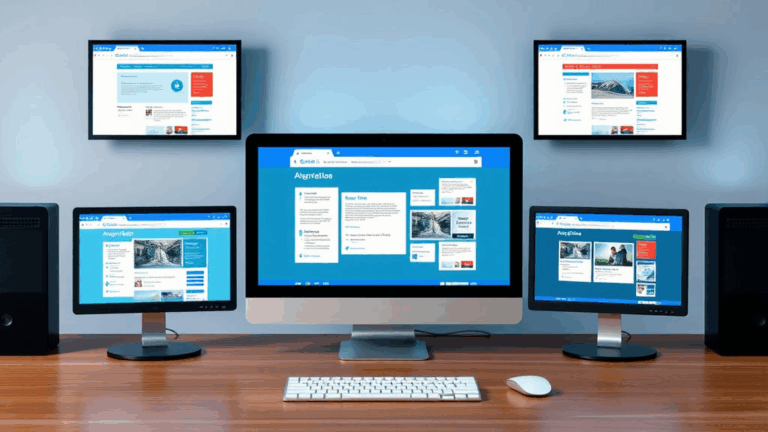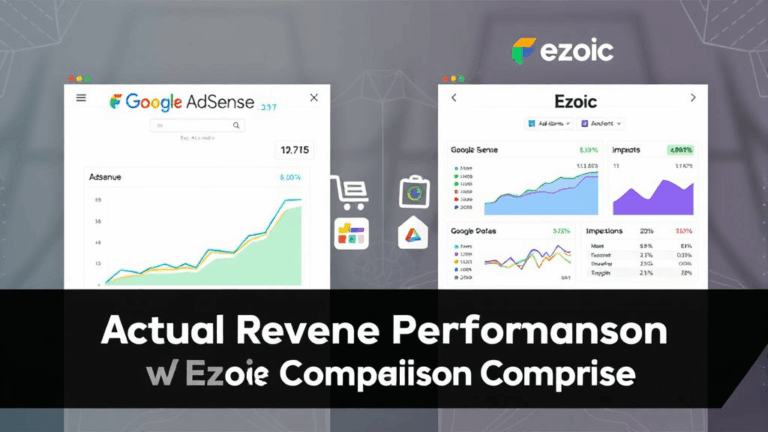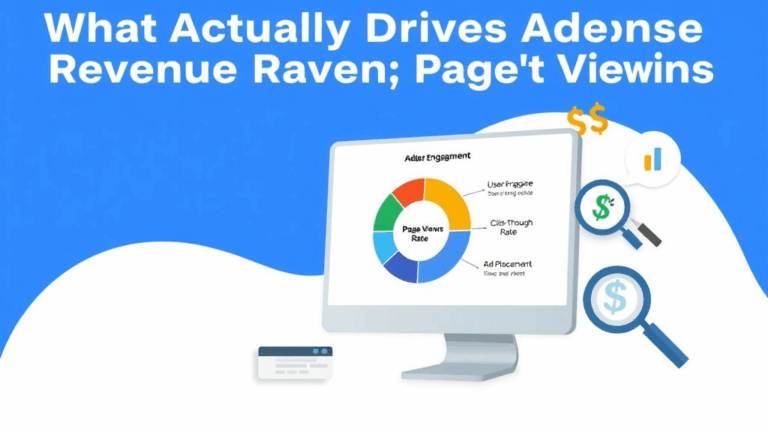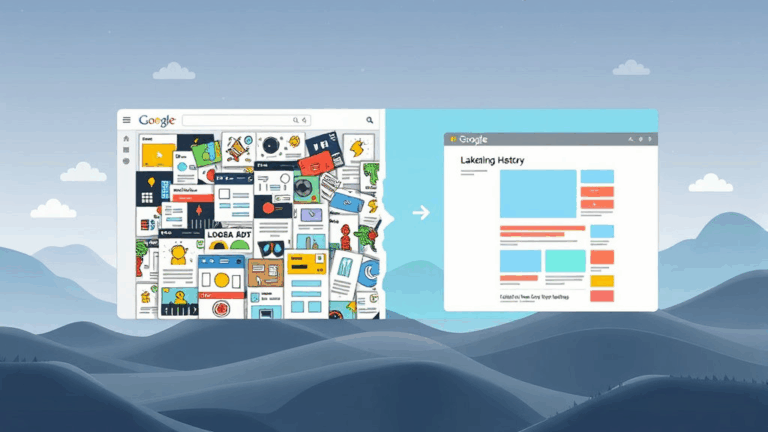How AdSense Traffic Minimums Actually Vary by Country
There’s No Global Minimum, But Some Countries Behave Like There Is
Google doesn’t formally list any minimum traffic requirements for AdSense. You’ll find that parroted in every generic blog. Technically, it’s true. You can apply with zero pageviews and still get in — assuming the content is original, the layout is sane, and you’re not linking out to sketchy VPN affiliate funnels. But that’s the global rule. On the ground, it’s not that simple.
In certain countries, your traffic and content volume seem to weigh heavier. I once helped a client in Pakistan get rejected three times with a blog pulling in around 300 pageviews daily. Same layout, same content as my own U.K. setup — which got approved in days with half the traffic. The rejection reason? Blank. Just “site doesn’t meet program criteria.”
After the third rejection, we tried removing all social widgets, disabled a Pinterest embed plugin (not even sure why that was active), resubmitted — accepted 48 hours later. Either the review thresholds are different per region, or the human screeners aren’t evenly trained.
Ghost Rejections: When You Get Turned Down With Zero Explanation
This one still annoys me. There’s a silent rejection state where the application goes pending, hangs for 5–10 days, then shows a generic rejection banner — no specific violations, no hints. Just a big fat “no.”
I’ve seen this behavior tied to:
- Domains ending in .in or .id, especially if they’re recently registered
- Sites hosted on Blogspot or custom Blogger themes with non-standard markup
- Too little content indexed in Google Search (personal theory, but aligns way too perfectly to ignore)
We had one site from Nigeria, beautifully designed, that took six tries to get through. Eventually, it got approved after switching DNS to Cloudflare and fixing two broken schema.org tags. Did those things matter? No idea. But it passed on the next round.
“Valuable Inventory” Errors Hit Different Based on Locale
There’s a generic rejection reason called “Valuable Inventory: No content” that feels like a catch-all. But under the hood, it behaves differently across countries.
I had a partner site in Bangladesh that got hit with that error, despite having over 60 articles. They weren’t spun, weren’t stuffed. But they were short. Most were under 300 words — practical diary-style stuff. We expanded four of them above 900 words and threw in a few topic clusters. Resubmitted. Same content. New structure. Accepted.
Compare that with a site in Canada that passed with 12 blog posts, some under 200 words. Makes you wonder if Google’s regional ML models interpret text density or keyword variation differently based on the country geolocation of the website or reviewer IP.
Let’s be honest — if your content looks copy-pasted even briefly, and your IP is in India, your road to approval is steeper than someone posting recycling tutorials in Oregon.
The Random Delay Pattern Appears More Often in Southeast Asia
I’ve run AdSense onboarding for about fifteen sites this year. The weirdest thing? Sites applying from the Philippines, Malaysia, or even Vietnam consistently take longer to process — anywhere from 10 to 25 days — compared to the usual 3–7 in Europe or North America.
Even controlling for template, responsiveness, and domain age. In one test case, we cloned the design of a U.S. site that got approved in four days. Pointed it at an .id domain. Waited 19 days — rejection. No useful rejection message.
Eventually approved, but only after migrating content to subfolders and skipping homepage carousels that looked fine on Lighthouse. Which brings me to…
Structured Data Totally Breaks, But Only Sometimes
This was the bug that sent me over the edge. I had a site showing zero monetization warnings in AdSense. Valid HTML. Everything passed W3C checks. But rich snippet validation on Google’s testing tool failed randomly — especially for blogs applying from Sri Lanka or Nigeria. Same clean markup, completely different behavior.
The giveaway? Schema.org params like datePublished and author.name were technically present, but not formatted in a way the AdSense bot liked. No documentation on that. Found the following in logs after loading the adsbygoogle.js debug output in Chrome console:
{"adError": "NO_CONTENT_SCHEMA", "details": "Unusable author field format"}There is not a single public doc referencing that error message. We fixed it by moving the JSON-LD block above the article body and simplifying the author string. Not even nesting it, just a flat name value. Passed after that. But only when the country was set to Ghana. When we tried from a VPN in France as a test — rejected again. Explain that.
Approval Thresholds Go Up When You’re Using a Previously Disabled Account
Hoo boy. This one’s rough. If you’re trying to get into AdSense in a country where fake traffic runs rampant (looking at you, parts of Eastern Europe), the team is noticeably sniffier toward reused addresses, domains, or Gmail accounts previously linked to policy bans.
I had a Macedonian blogger attempt a legit rebuild after losing his first account to invalid click activity (yeah, he clicked his own ads “like twice a day”). New domain, new content, same primary Gmail though. Application was stuck at “Under Review” for 28 days. Reapplied from a new Gmail origin — same website, no changes — passed in four.
Lesson: once you’ve triggered AdSense’s internal flag system, the entire approval flow seems to stall regardless of content quality. You’re being judged against ghost data.
AMP Still Acts Iffy on Low-End Devices, Especially Mid-Market Androids
This one isn’t about approval, but retention. On multiple occasions, we’ve seen AMP-optimized blogs in India show abysmal ad engagement rates — even on content with healthy search traffic and solid dwell time.
The irony? AMP ads sometimes don’t load at all on midrange Android devices running older browser builds. The ads slot fires, but the content containers collapse silently, like this:
<div class="amp-ad-container"></div> <!-- just empty -->Fragmented support matrices across Xiaomi, Infinix, and Tecno devices make this an invisible leak. What’s worse: your AdSense dashboard doesn’t tell you when rendered ad slots turn up empty. It just shows them as impressions with zero clicks. Skews your optimization efforts hugely if you’re only looking at overall RPM.
Real Tips That Helped More Than Tinkering With Layouts
Hard truth — the fastest approvals came from fixing boring backend stuff, not changing themes. Here’s a shortlist of tweaks that sped up approval on international blogs where things were stalling:
- Use a generic top-level domain (like .com or .org) if possible — ccTLDs like .ng or .pk get extra scrutiny
- Switch nameservers to Cloudflare, even if you’re not using the proxy — it makes the domain appear more legitimate (from experience, not logic)
- Avoid homepage carousels; too many JS-driven dynamic elements freak out the scanner
- Have 10+ posts published, with at least 4 over 800 words
- Don’t hide your author info — AdSense bots seem to prefer publicly declared humans
- Disable “infinite scroll” or lazy post loaders during application phase
- Link to standard legal pages (Privacy, Terms), and hardlink them in the footer — not just embedded modals
More than once, just fixing a broken internal CSS asset CDN call made the difference. Feels like the reviewers aren’t cloning production — they’re using something more brittle.
Any time you feel trapped after a rejection, check the console of your page using a fresh incognito window + a low-end mobile emulator. It’ll usually whisper what the reviewer saw, but didn’t tell you.
